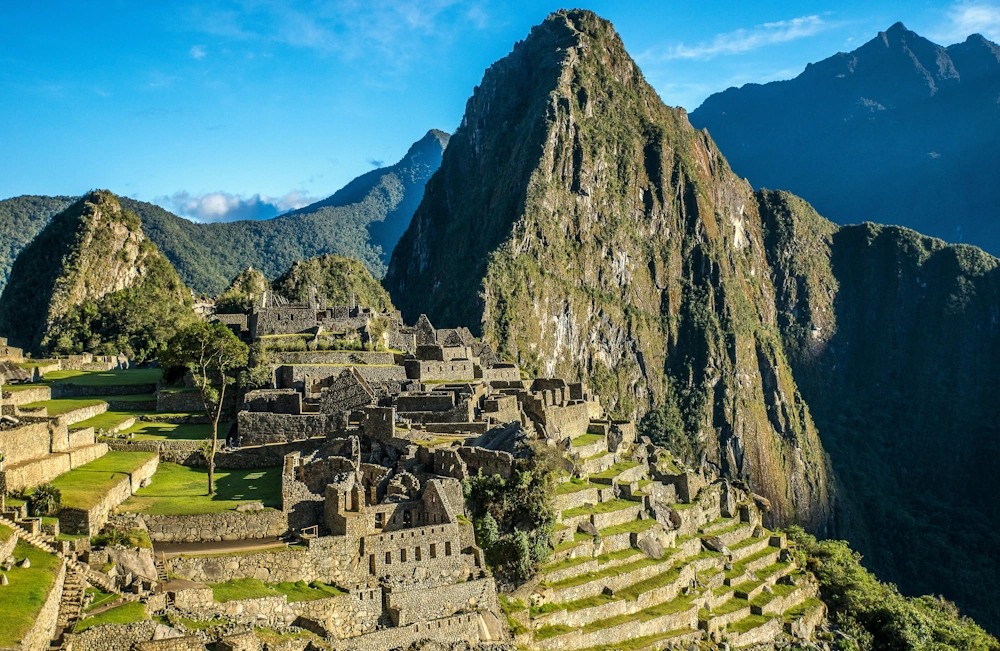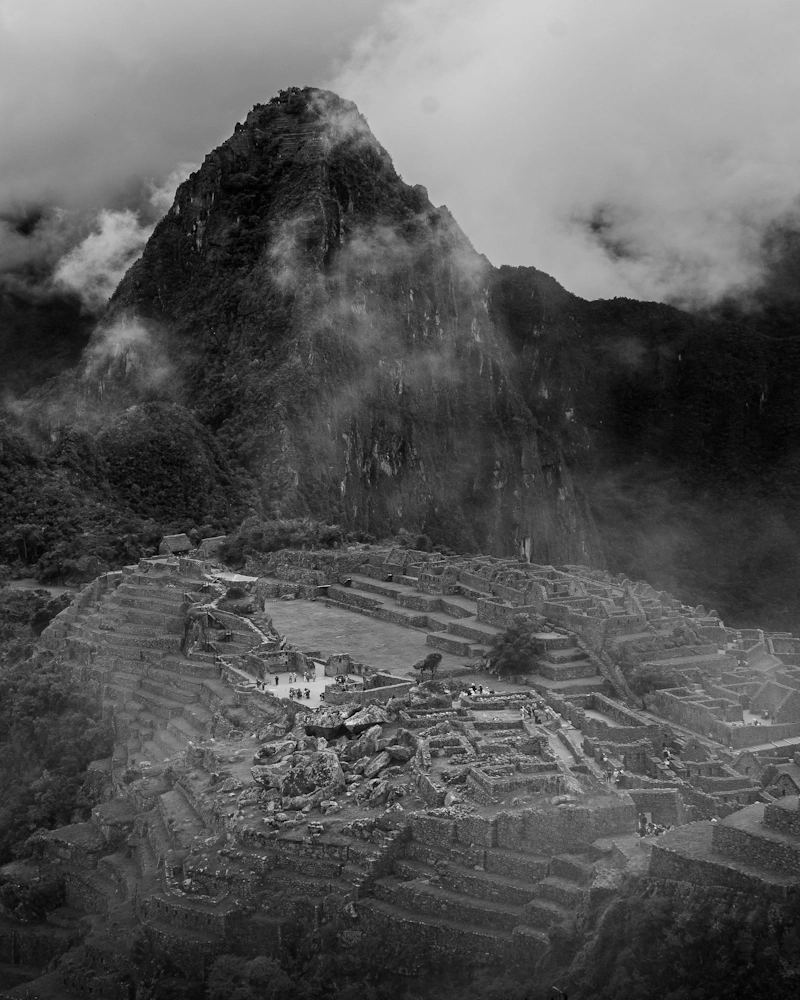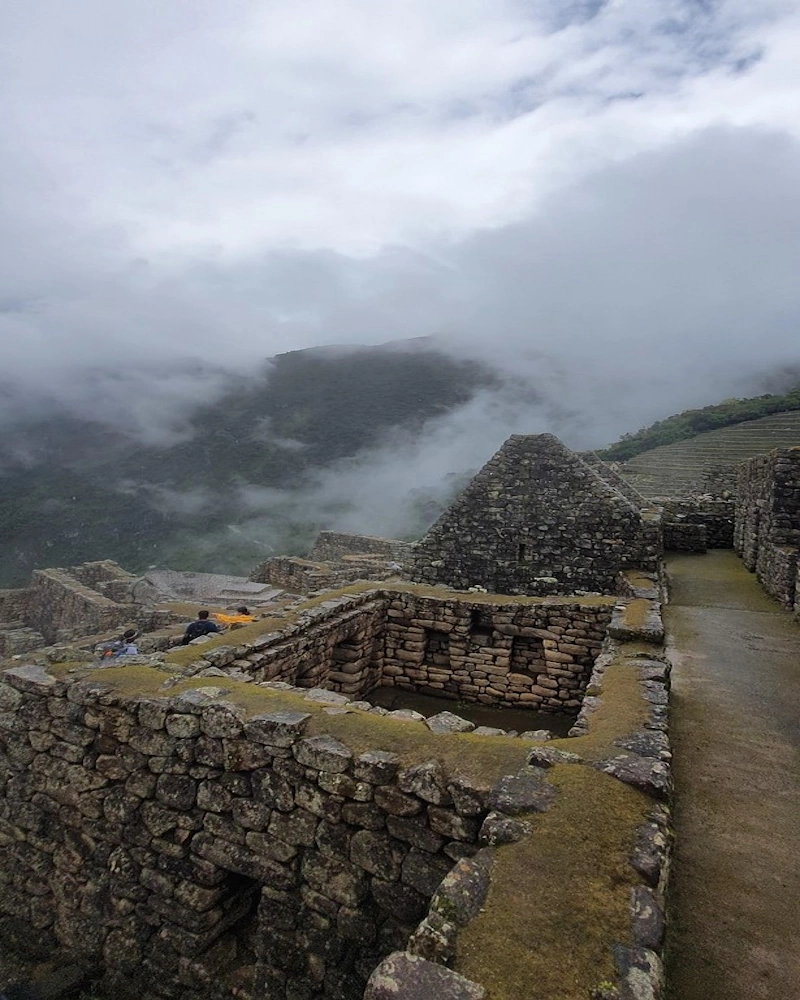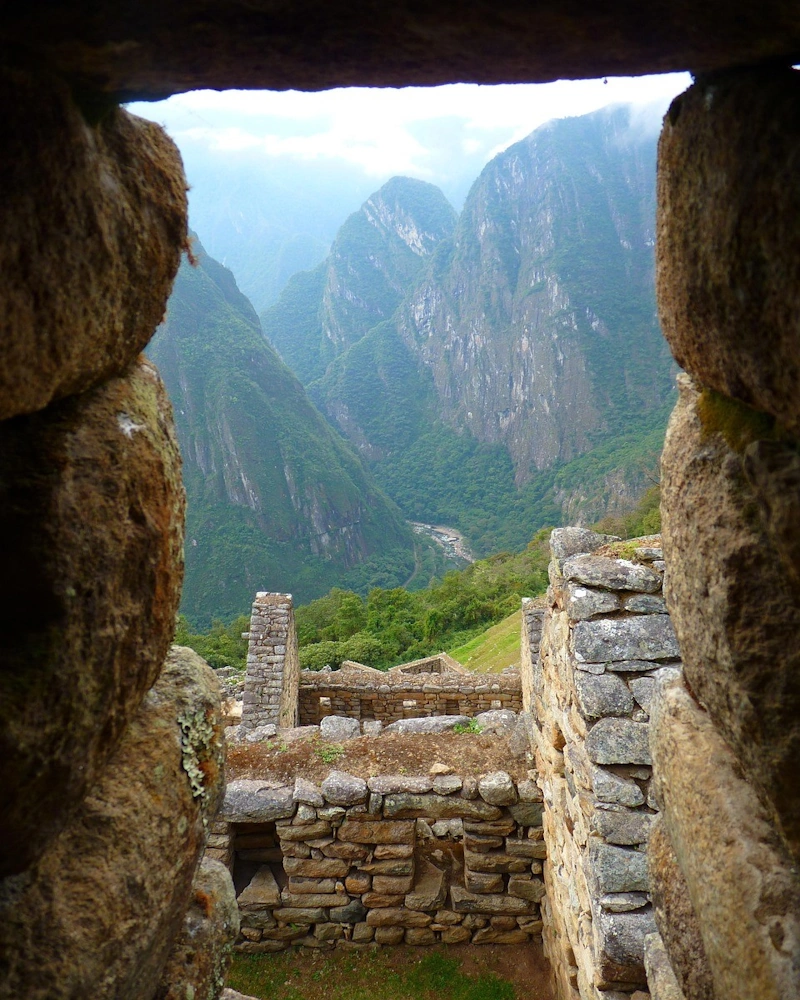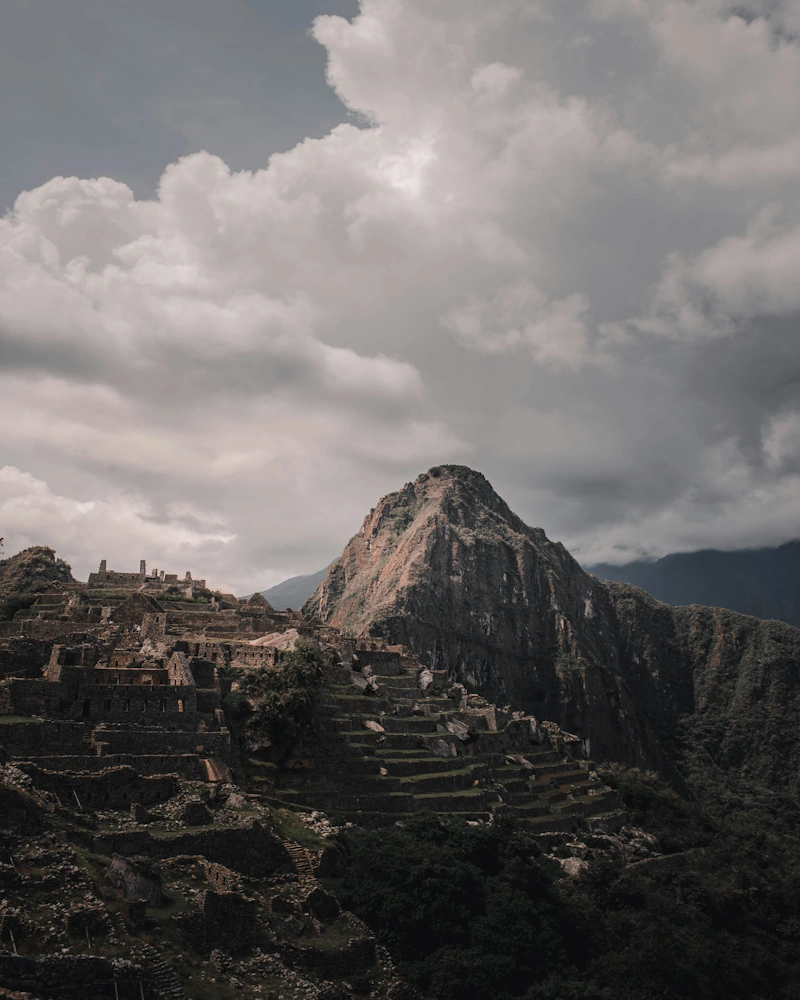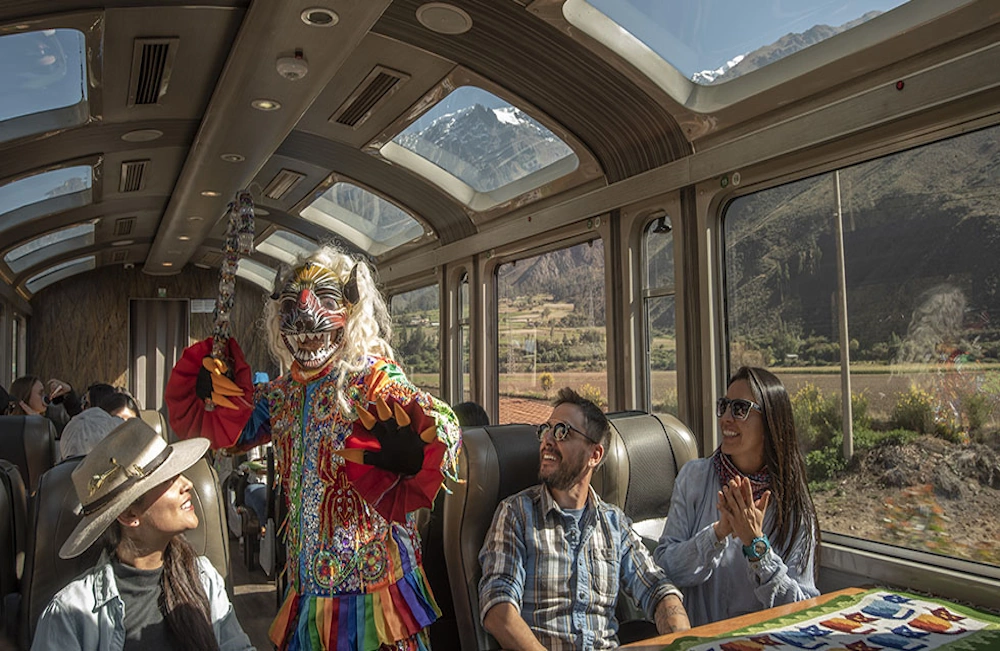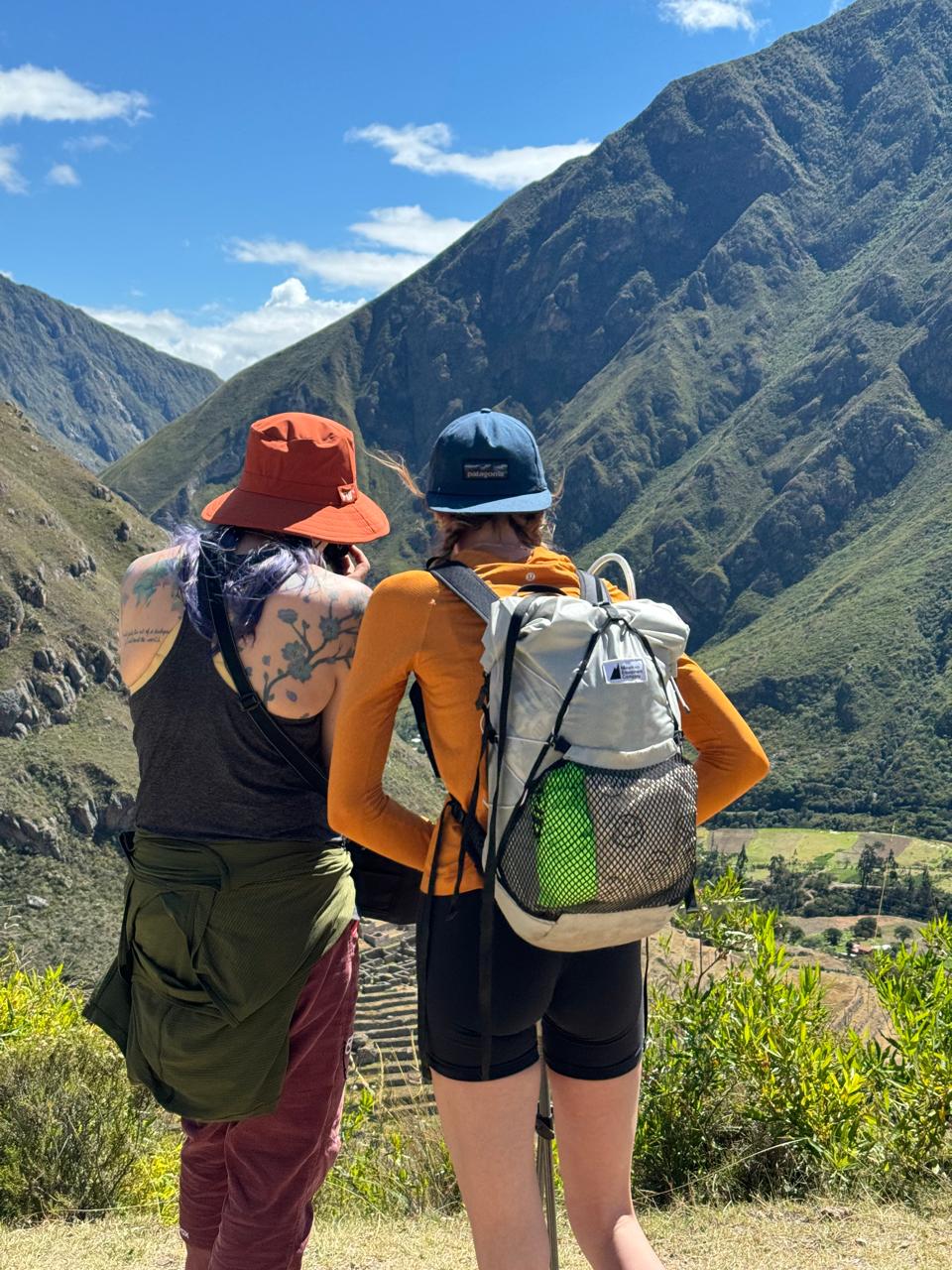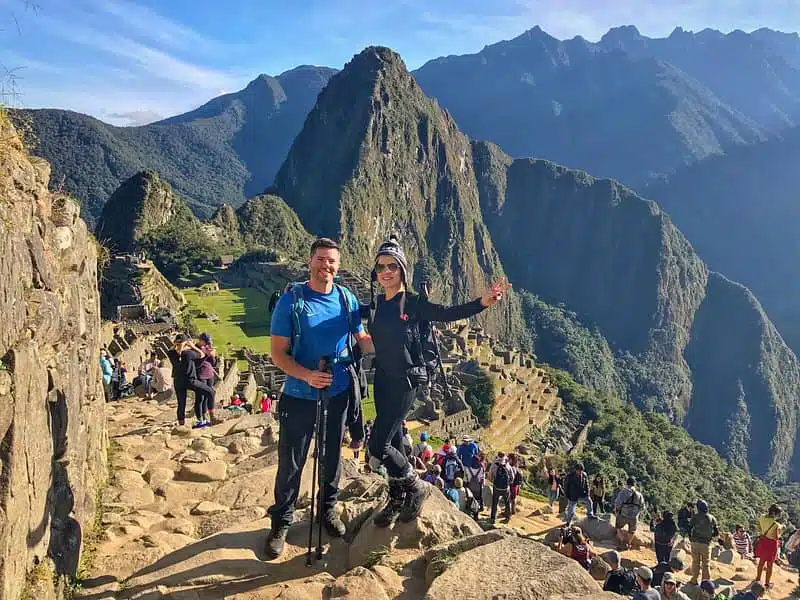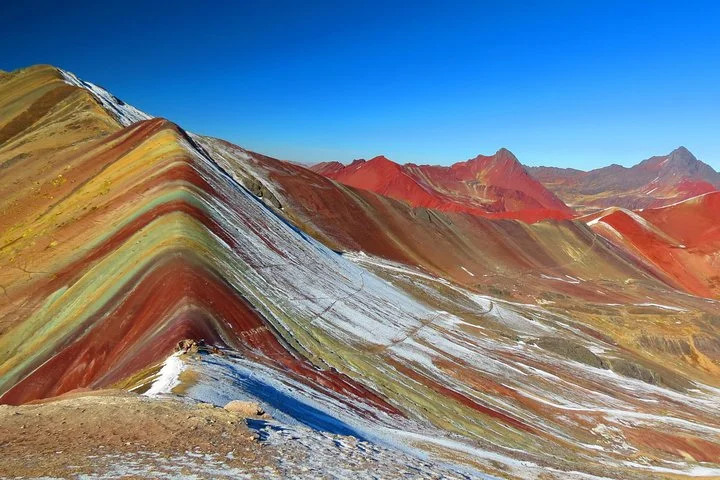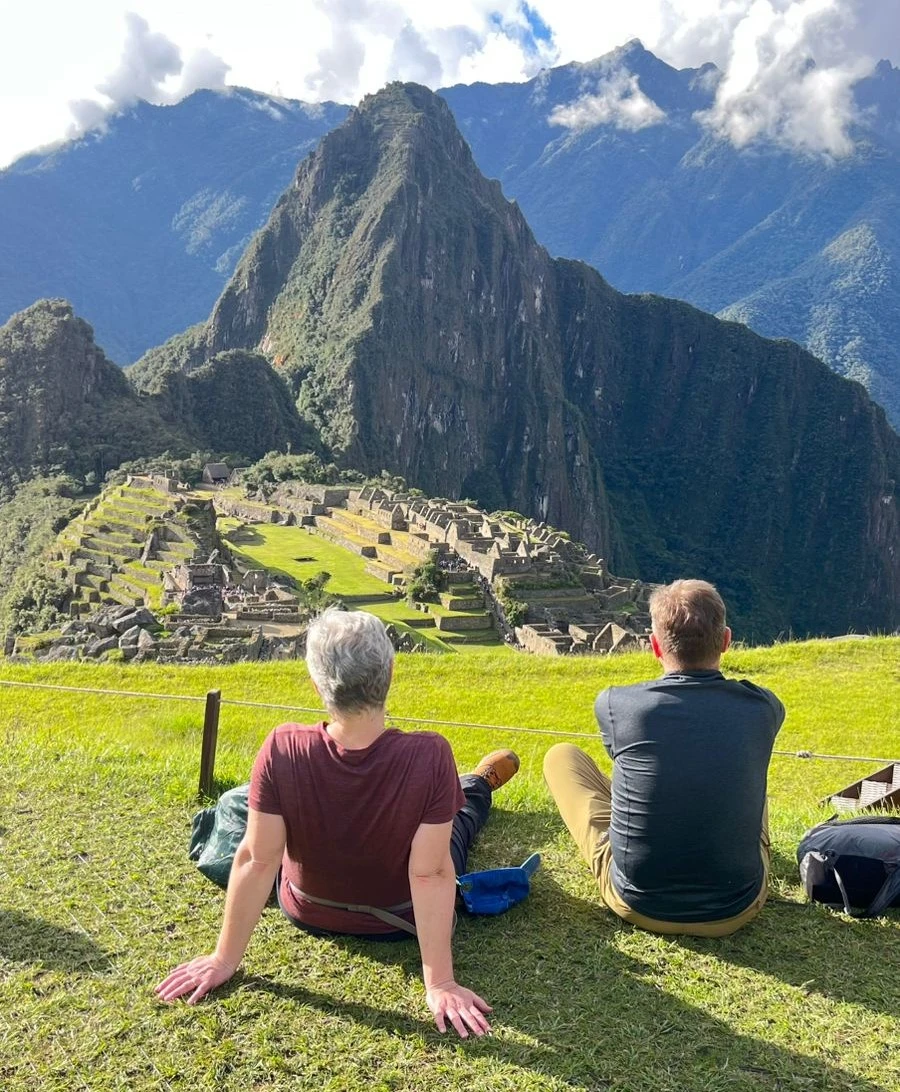One of the most fascinating destinations on the planet is Machu Picchu, recognized as a New Wonder of the World and declared a World Heritage Site by UNESCO. This imposing Inca citadel, hidden among the mountains of the Peruvian Andes, attracts thousands of travelers each year seeking history, adventure, and dreamlike landscapes.
If you're planning a vacation to Peru, Machu Picchu should be at the top of your list. In this guide, you'll find all the information you need to make your trip simple, unforgettable, and full of unique moments, whether you're an experienced traveler, an adventure lover, or simply looking to discover a new destination with your family.
The Fascinating History of Machu Picchu
Machu Picchu was built in the mid-15th century by order of the Inca Pachacútec, one of the empire's most powerful rulers. Although its exact purpose remains a mystery, researchers agree that it may have been:
• A royal resting place.
• A ceremonial sanctuary dedicated to the Andean gods.
• A strategic center for administration and astronomy.
Despite its grandeur, Machu Picchu remained hidden for centuries. It wasn't until 1911, with the arrival of the American explorer Hiram Bingham, that the world learned of this wonder.
The Day Machu Picchu Returned to the World
While searching for the mythical city of Vilcabamba, considered the last Inca capital, Bingham was guided by local farmers to the ruins of Machu Picchu. Among them, a young man named Pablo Richarte or Pablo Álvarez (according to different versions) helped him climb the mountain.
Upon seeing the structures, Bingham immediately recognized their historical value. Although neglected, the buildings were surprisingly well preserved. He later organized excavations and disseminated his findings, making Machu Picchu a universal symbol of Inca culture.
Machu Picchu: Unknown or Secretly Guarded?
Although Machu Picchu was a discovery for the academic world, local communities always knew about it:
Quechua farmers used the terraces for farming.
The Italian geographer Antonio Raimondi had already mentioned it on a map from 1865.
In 1902, the Peruvian farmer Agustín Lizárraga visited the site and even carved his name into a rock.
This shows that Machu Picchu was never completely forgotten, although its historical importance had not been recognized until then.
Machu Picchu: Mysteries of Its Abandonment
The abandonment of Machu Picchu remains a mystery, but historians offer several hypotheses:
The Spanish conquest, although there is no evidence that the conquistadors ever reached the citadel.
Epidemics brought by Europeans, which may have decimated the Inca population.
A possible loss of political or strategic relevance over time.
The truth is that, despite its abandonment, Machu Picchu survived hidden among the mountains and jungle, later becoming a global icon of Peruvian history and identity.
Aspect | Description |
Name | It means “Old Mountain” in Quechua. Its original name may have been “Picchu.” |
Location | Cusco Region, 80 km from the city of Cusco. Between the Machu Picchu and Huayna Picchu mountains (2,430 m above sea level). |
Construction | Ashlar technique: stones fitted together without mortar, earthquake-resistant. |
Purpose | Probable royal residence, ceremonial sanctuary and religious center linked to the sun. |
Featured Items | Intihuatana (solar altar) and the Sun Gate (Inti Punku) with spectacular views. |
Modern discovery | Rediscovered in 1911 by Hiram Bingham with the help of Quechua peasants. |
Recognitions | Declared a World Heritage Site (1983) and chosen as a Wonder of the World (2007) |
Why visit Machu Picchu?
Machu Picchu is not just a tourist destination; it's a journey into the heart of Inca history. Built in the 15th century by Pachacútec, it combines stunning architecture, mystery, and spirituality, surrounded by mountains and Andean jungle.
Living History: Discover the grandeur of the Incas and their advanced engineering.
Unique Landscapes: Panoramic views of the Andes and the Urubamba River.
Adventure: Treks such as the Inca Trail or the climb to Huayna Picchu.
Visiting Machu Picchu is a transformative experience that every traveler should experience.
How to Get to Machu Picchu: Travel Options
The road to Machu Picchu is part of the adventure, and there are different ways to get there, depending on the type of experience you are looking for:
1. The Inca Trail
For adventure lovers, the Inca Trail is the most iconic route. This 4-day trek traverses Andean landscapes, cloud forests, and ancient archaeological remains, culminating at the Sun Gate (Inti Punku), from where you get your first magical view of the citadel.
👉 Important: Advance reservation is required, as daily access is limited by official regulations.
2. By train to the foot of Machu Picchu
If you prefer comfort, the train is the most popular option to reach Aguas Calientes, the base town for Machu Picchu. Services depart from Poroy (Cusco) or Ollantaytambo:
Expedition: Budget-friendly option, with all the basic amenities and beautiful views of the Sacred Valley.
Vistadome: Carriages with panoramic windows and greater comfort.
Belmond Hiram Bingham: Luxury experience with fine dining, live music, and exclusive service.
3. From Aguas Calientes to the citadel
From Aguas Calientes, you can reach the entrance to Machu Picchu by tourist bus (a 25-minute climb up a winding road) or, if you prefer a physical challenge, hike the steep path to the summit.
Essential tips for visiting Machu Picchu
Why book your tickets in advance?
Daily admission to the citadel is limited, so purchasing your tickets months in advance is key, especially between May and October (high season). In addition to general admission, you can purchase additional tickets to climb Huayna Picchu or Machu Picchu Mountain, two routes that offer spectacular views.
Is it necessary to pack only what is necessary?
Only small backpacks (max. 40 x 35 x 20 cm) are allowed at the archaeological site. Include the essentials: water, sunscreen, a hat, and a camera.
👉 Remember: Food, drones, and tripods are prohibited.
Would it be good to spend the night in Aguas Calientes?
Staying in Aguas Calientes the night before will allow you to be among the first to enter Machu Picchu at dawn, when there are fewer visitors and the atmosphere is more magical.
Is it necessary to prepare for the Andean climate?
The weather in the Andes is changeable. It's best to dress in layers to adapt to temperature changes. Wear comfortable shoes for walking on uneven terrain and a waterproof poncho, as rain can appear at any time, especially during the rainy season.

